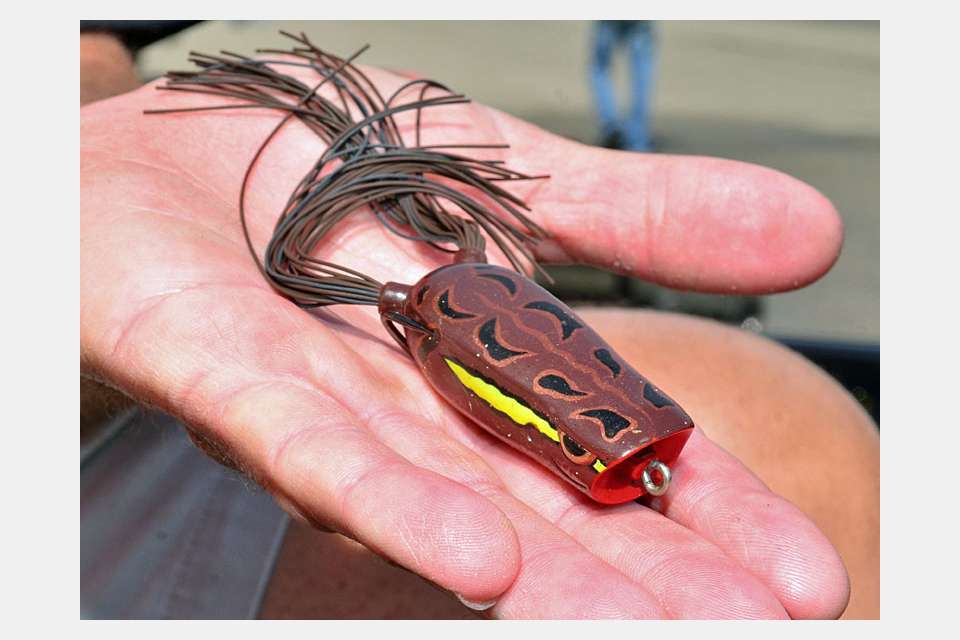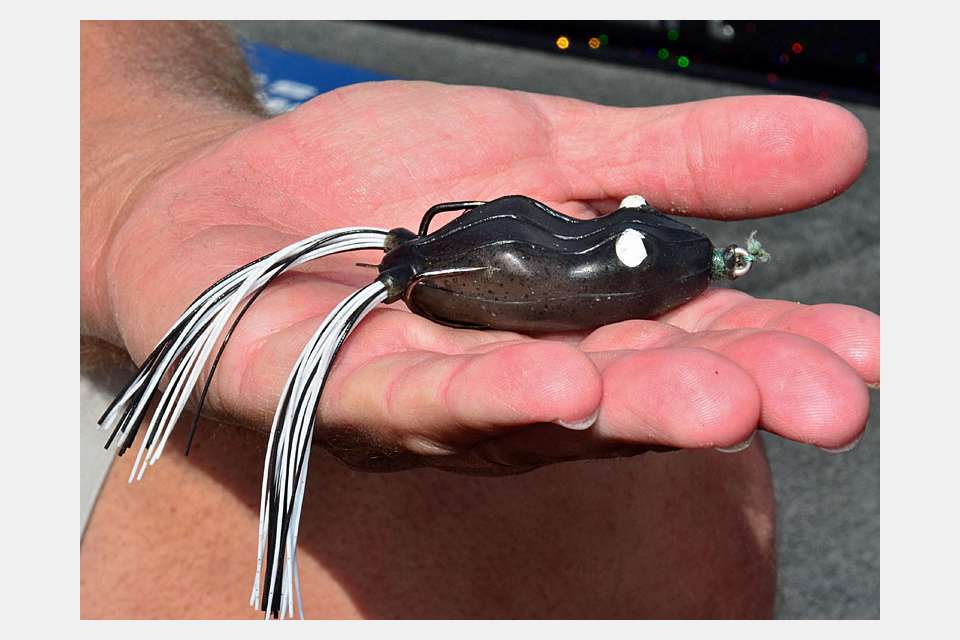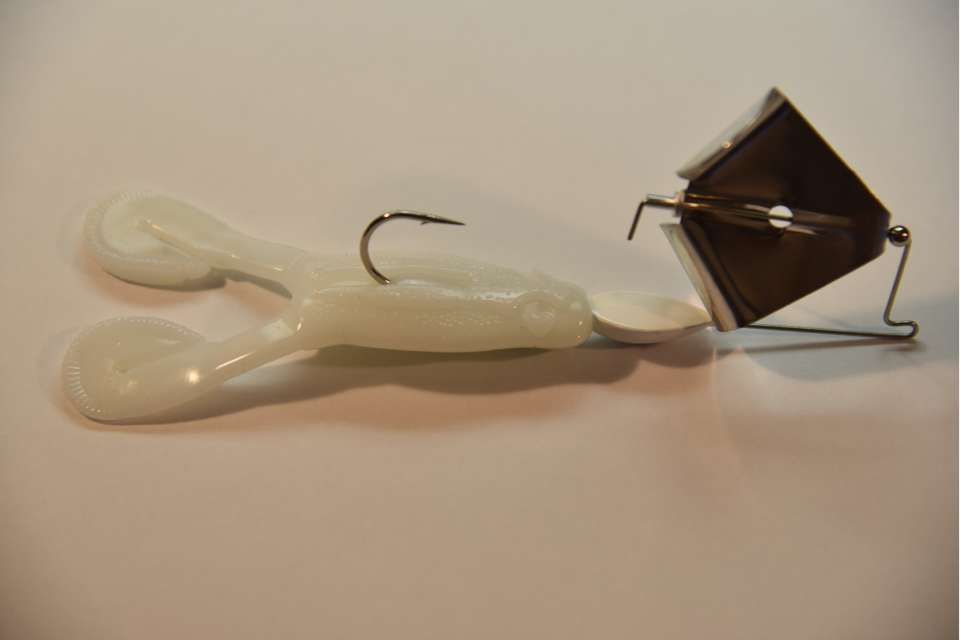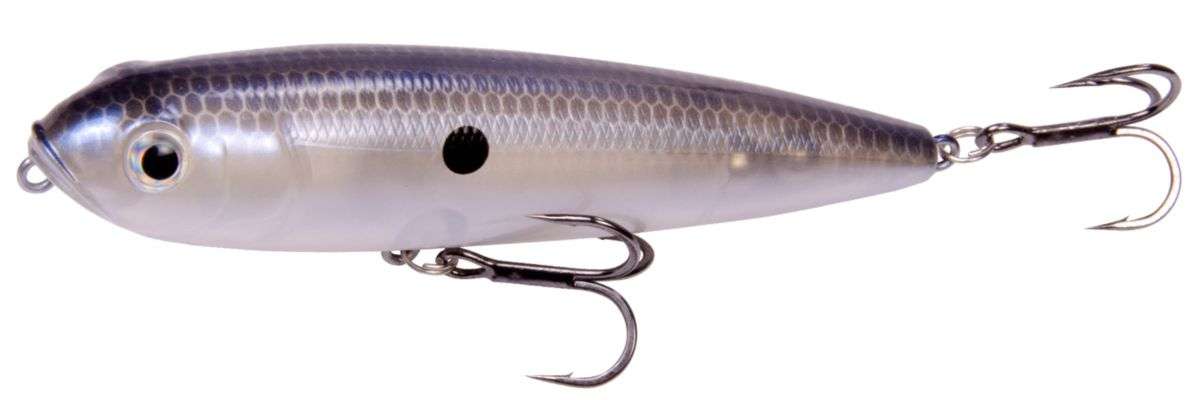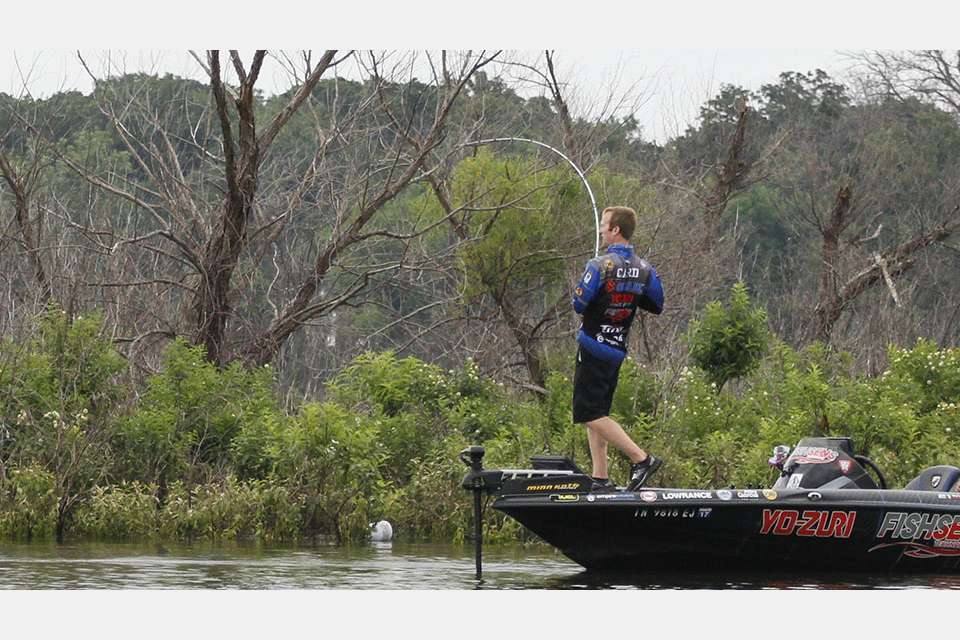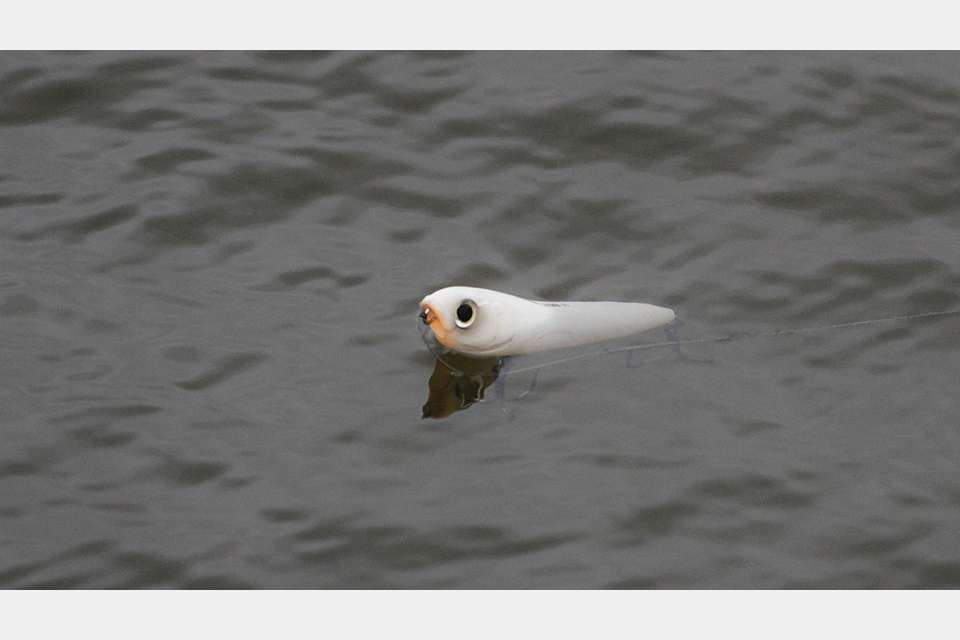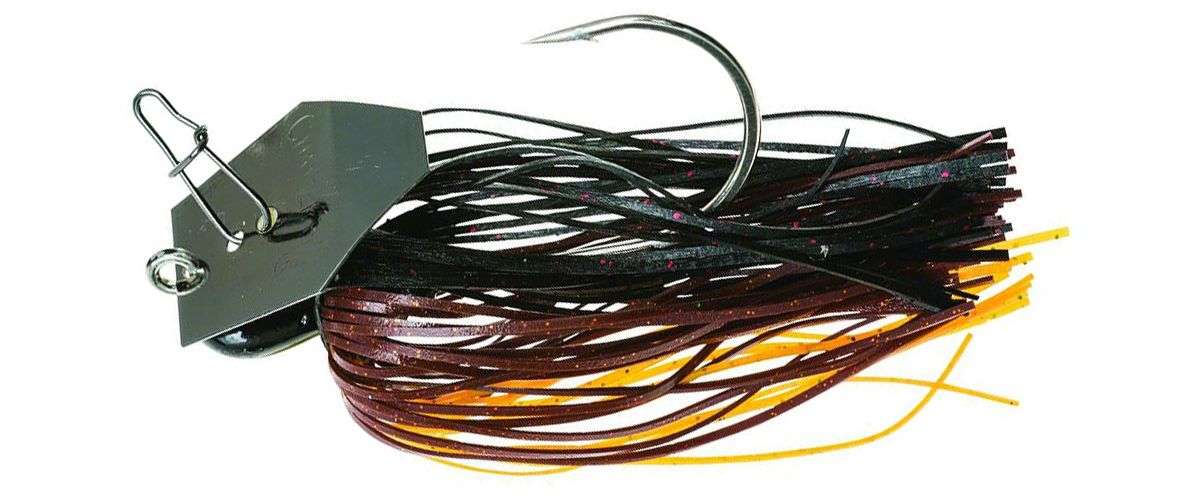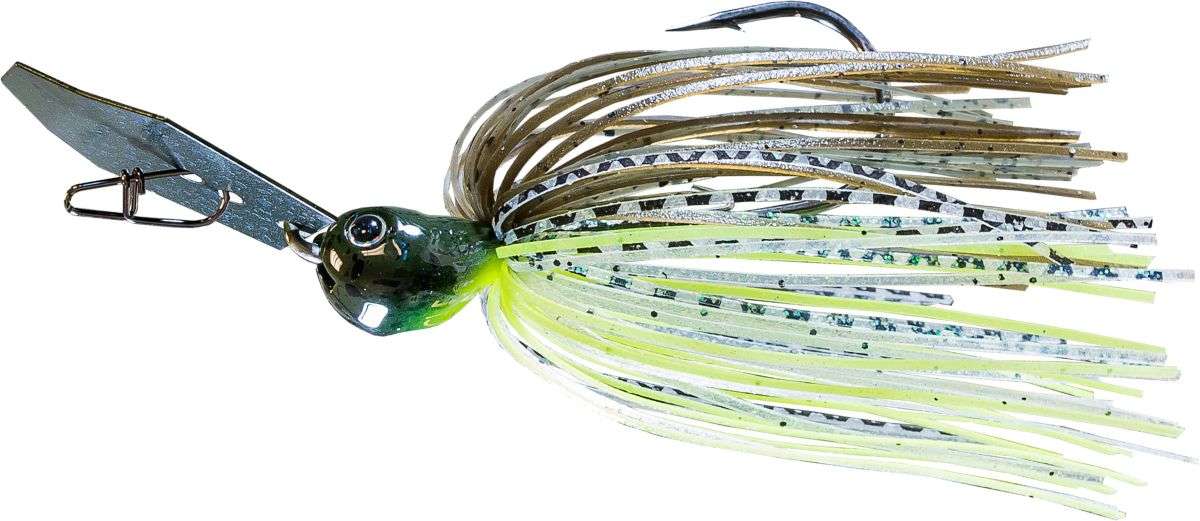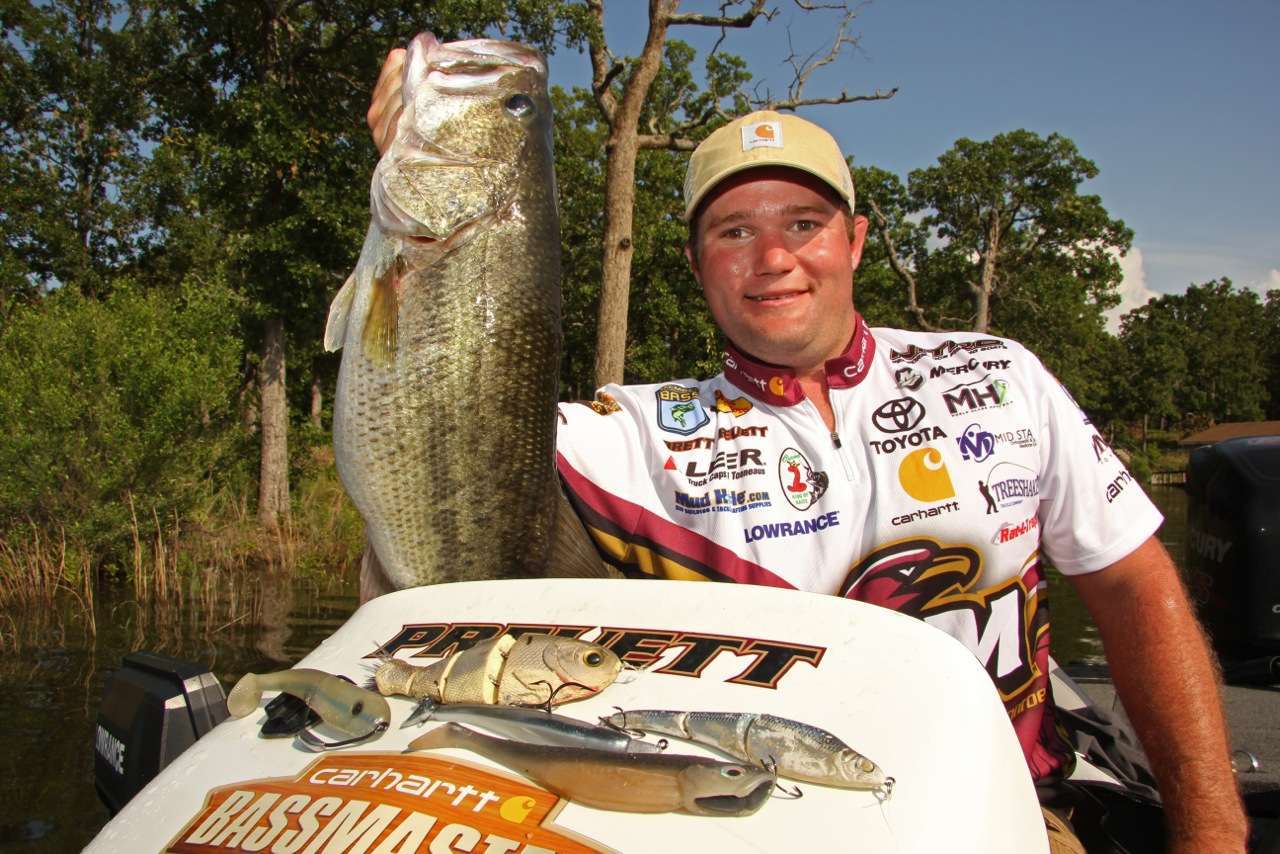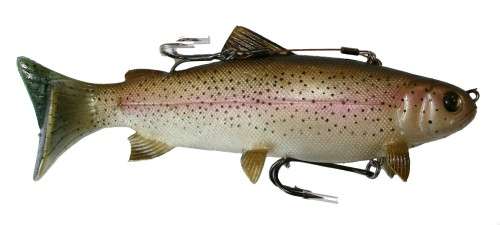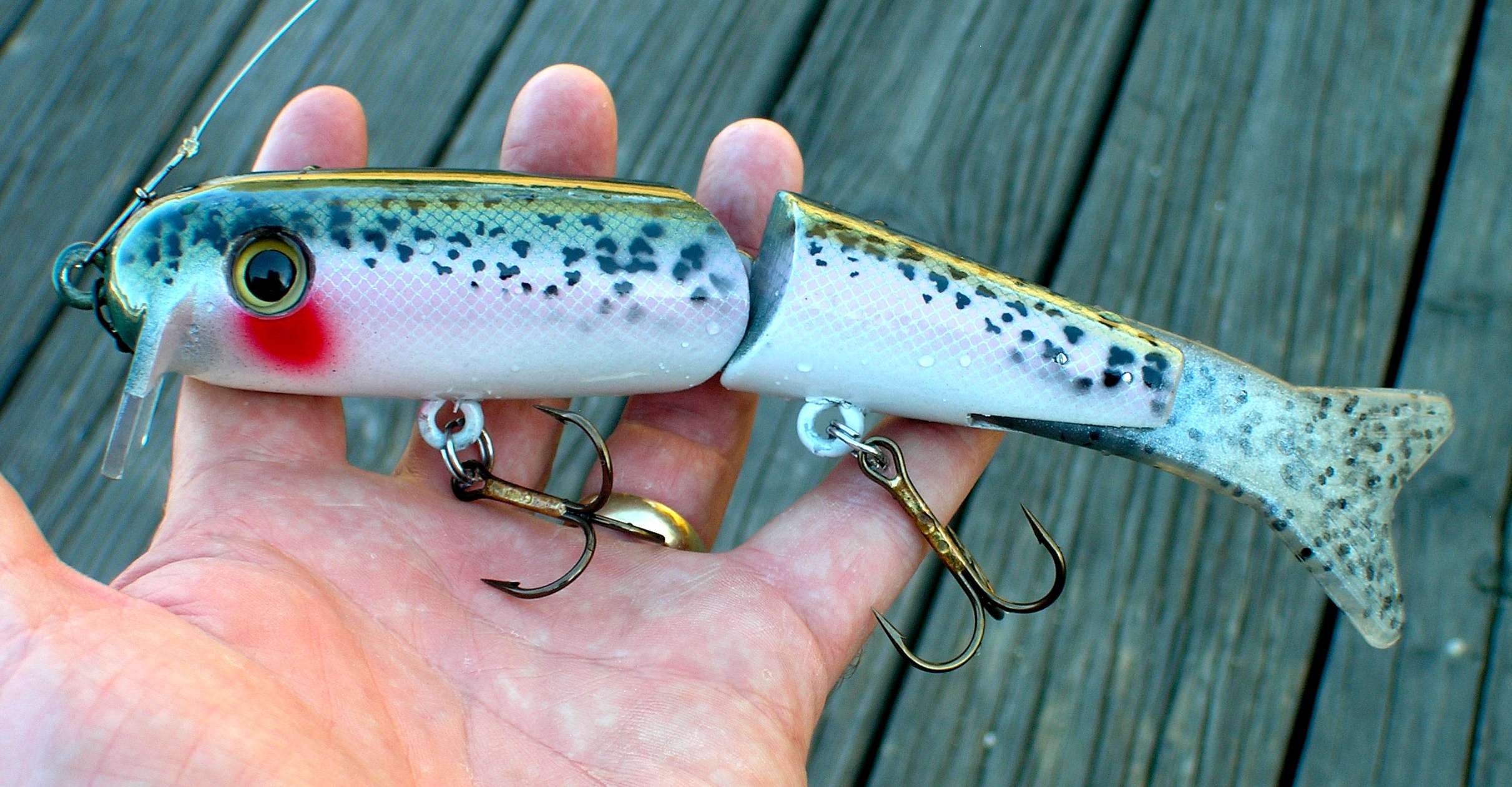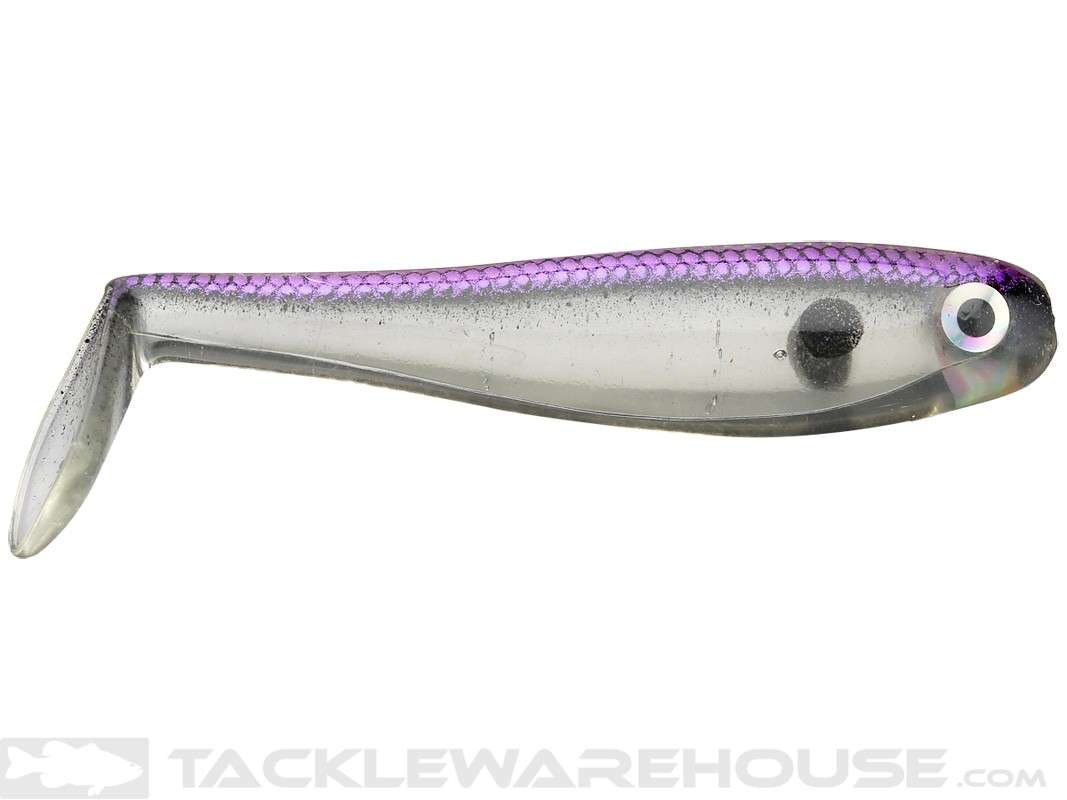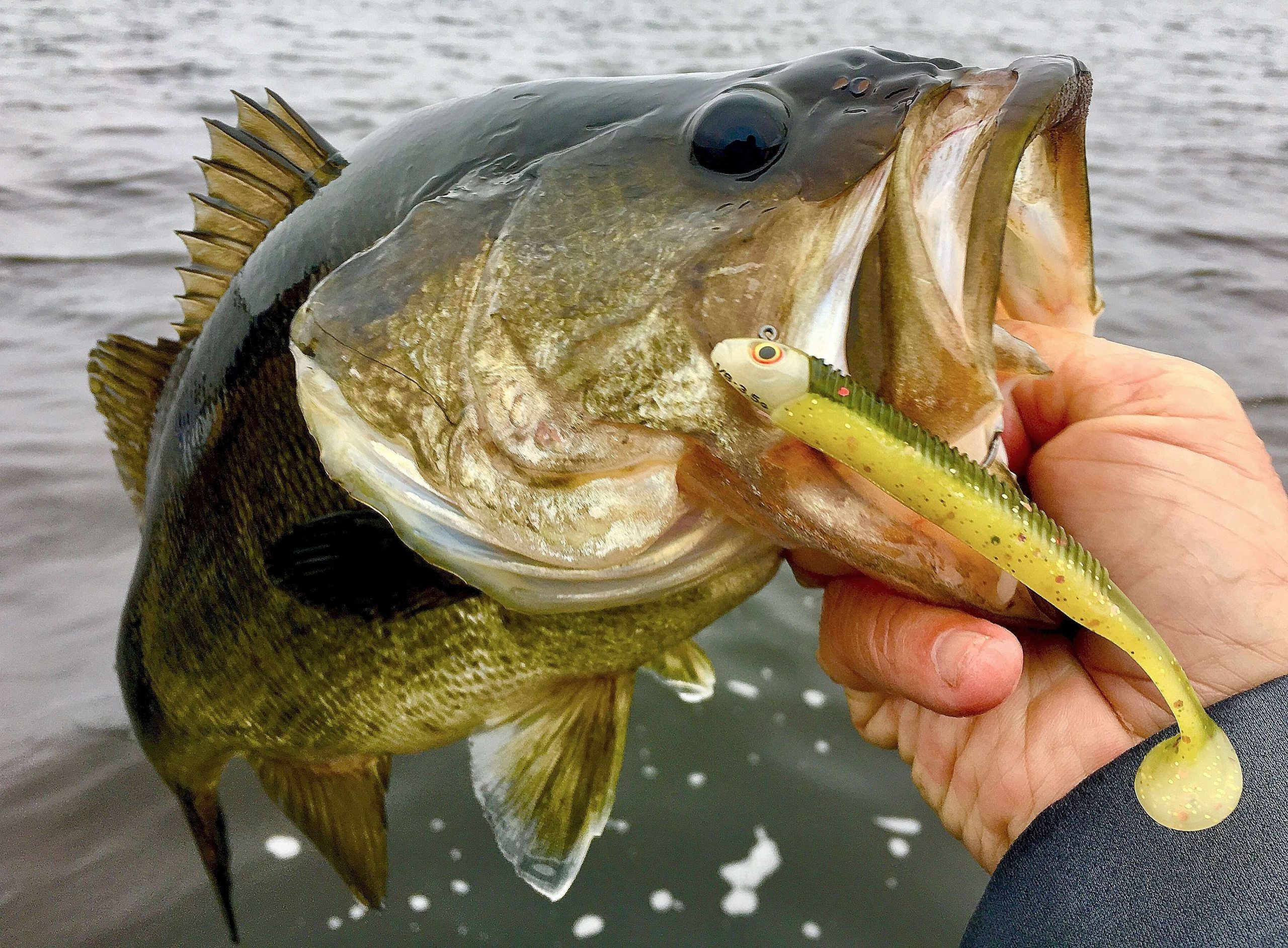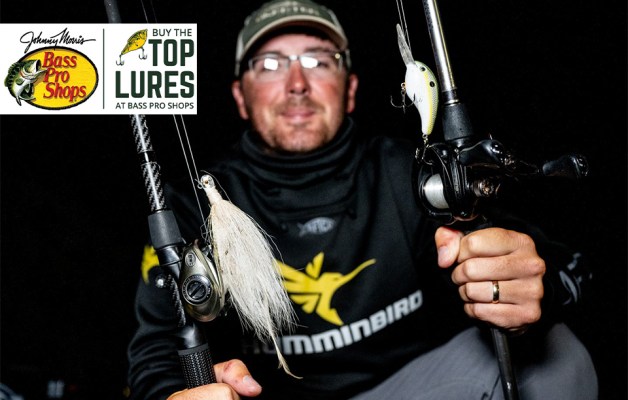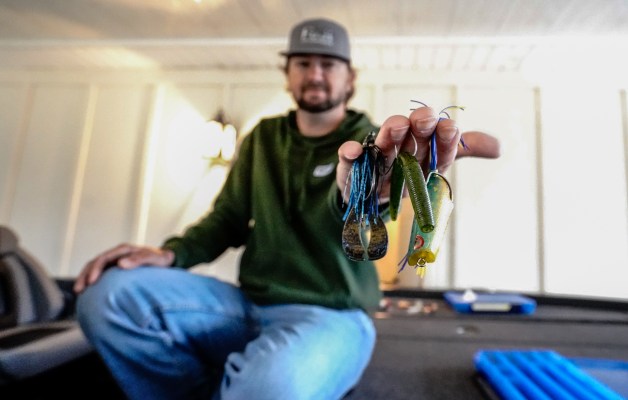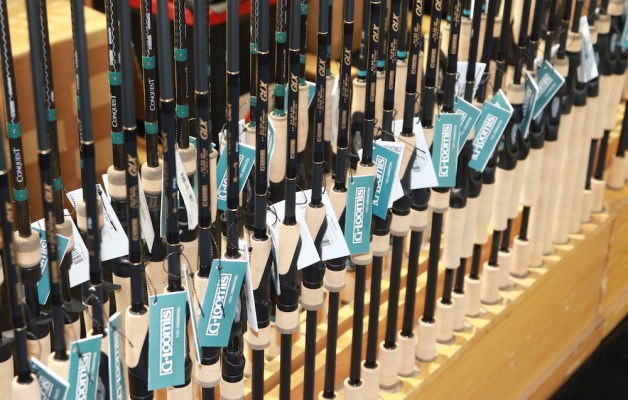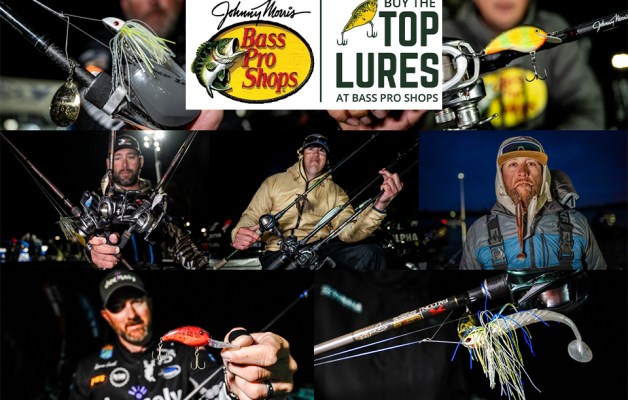
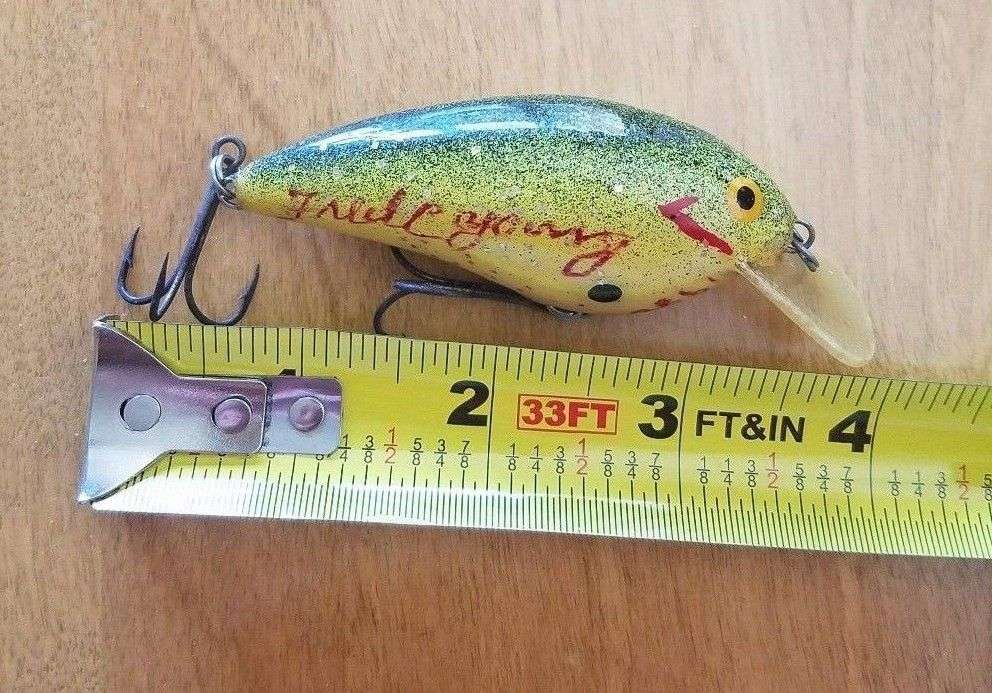
It seems weird that so many decades are identified as the period in history when the squarebill crankbait took the bass fishing world by storm. But the reason for that is simple: The bait has made waves on the professional trail numerous times during the past half-century and then, for whatever reason, just fell off the face of the earth. The squarebill seems to have truly originated in 1967 when the Big-O was hand-carved out of wood by famous luremaker Fred Young.
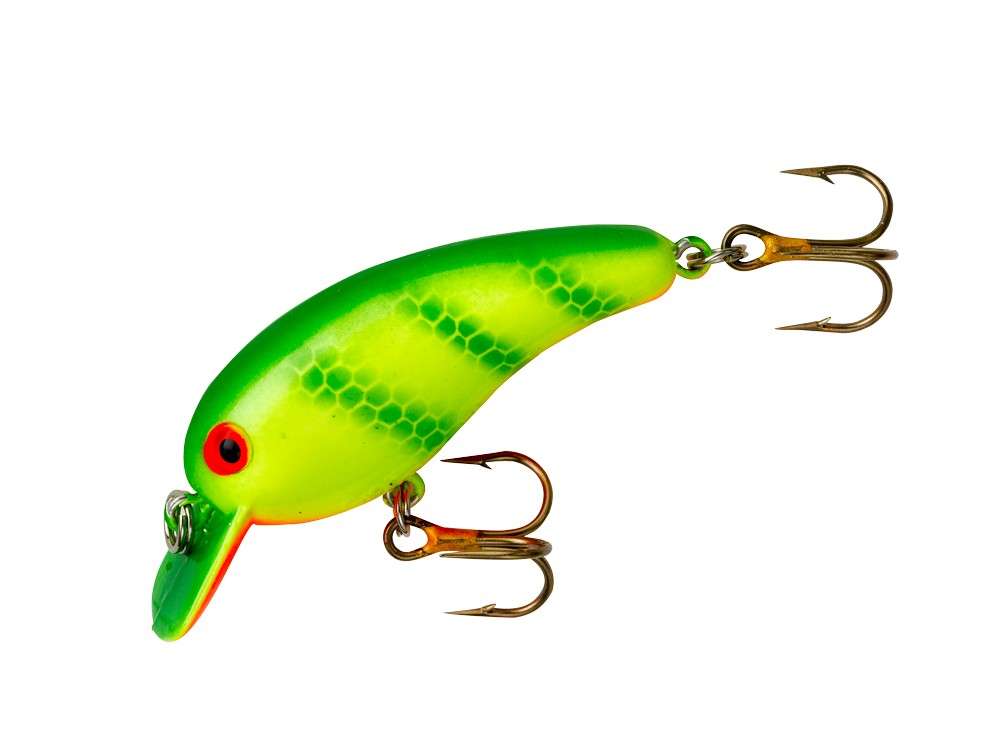
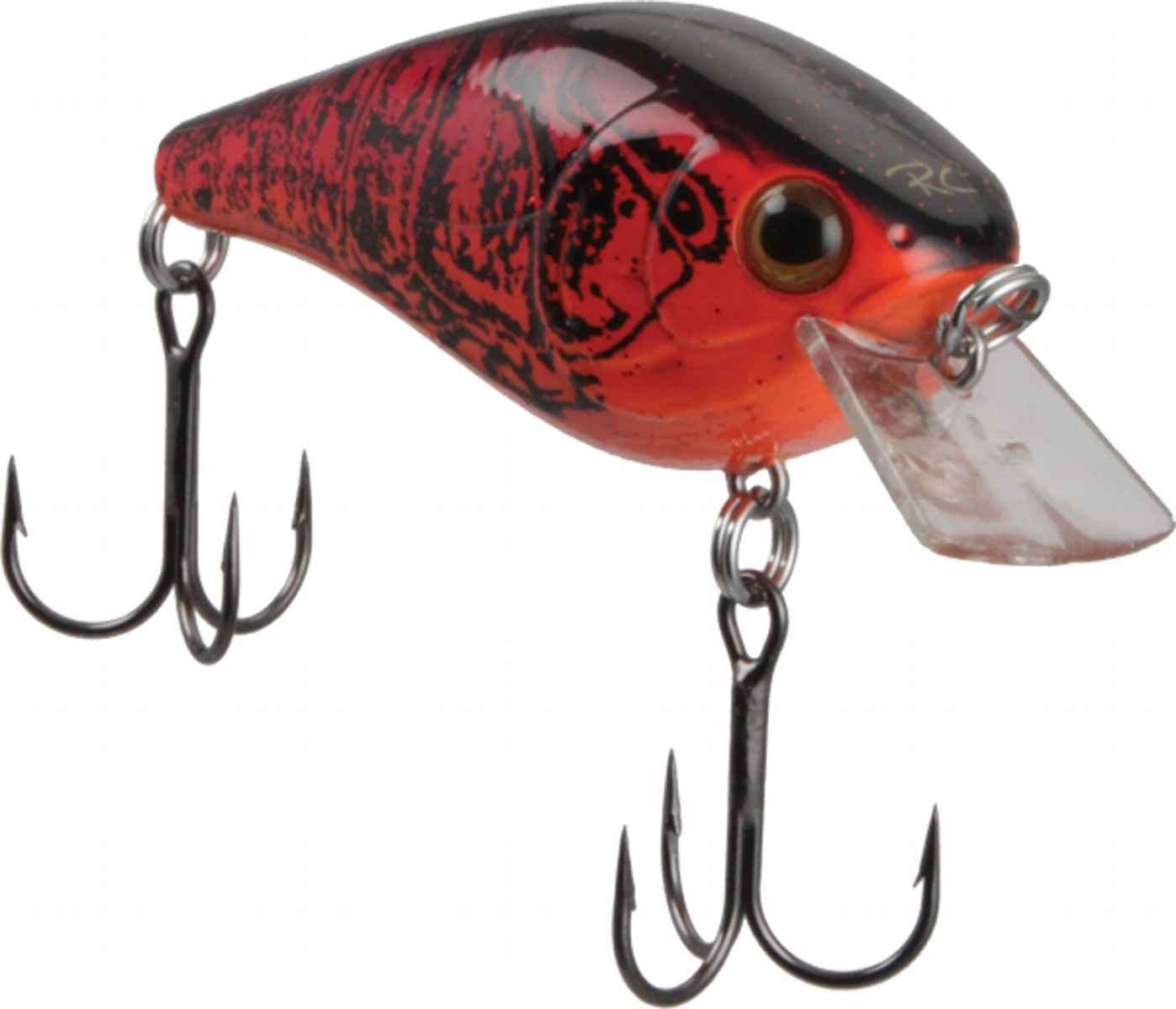

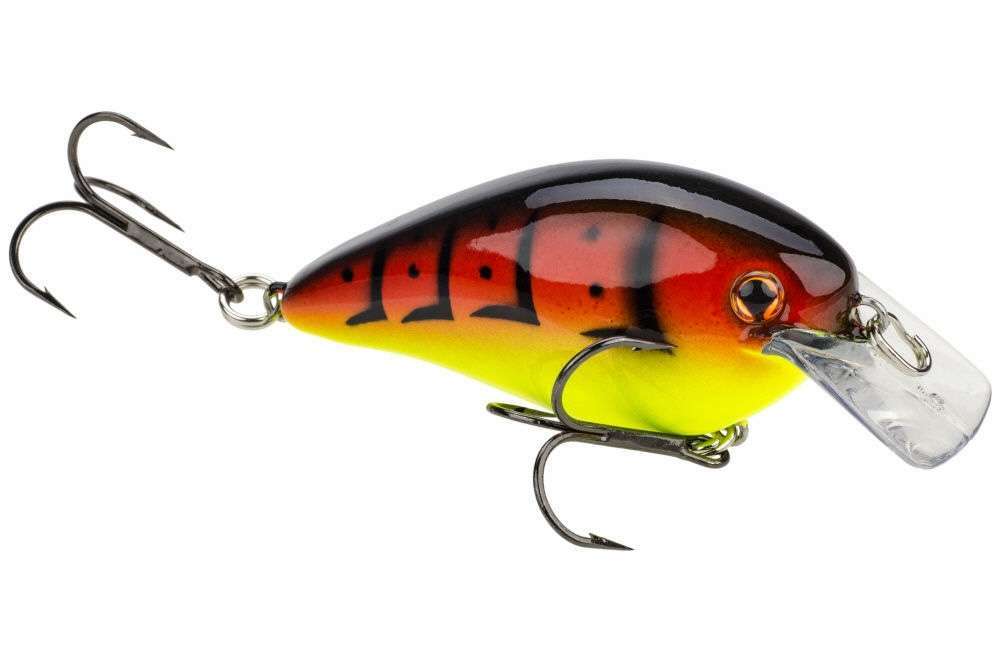
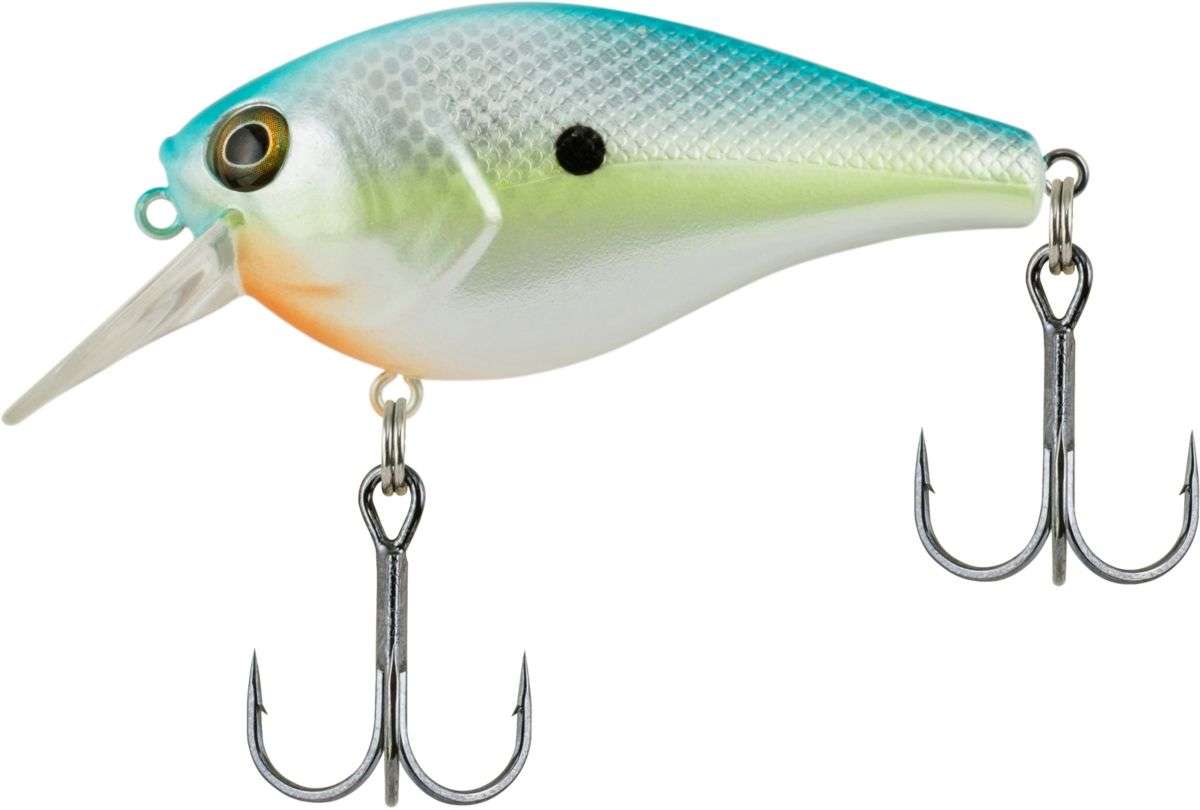
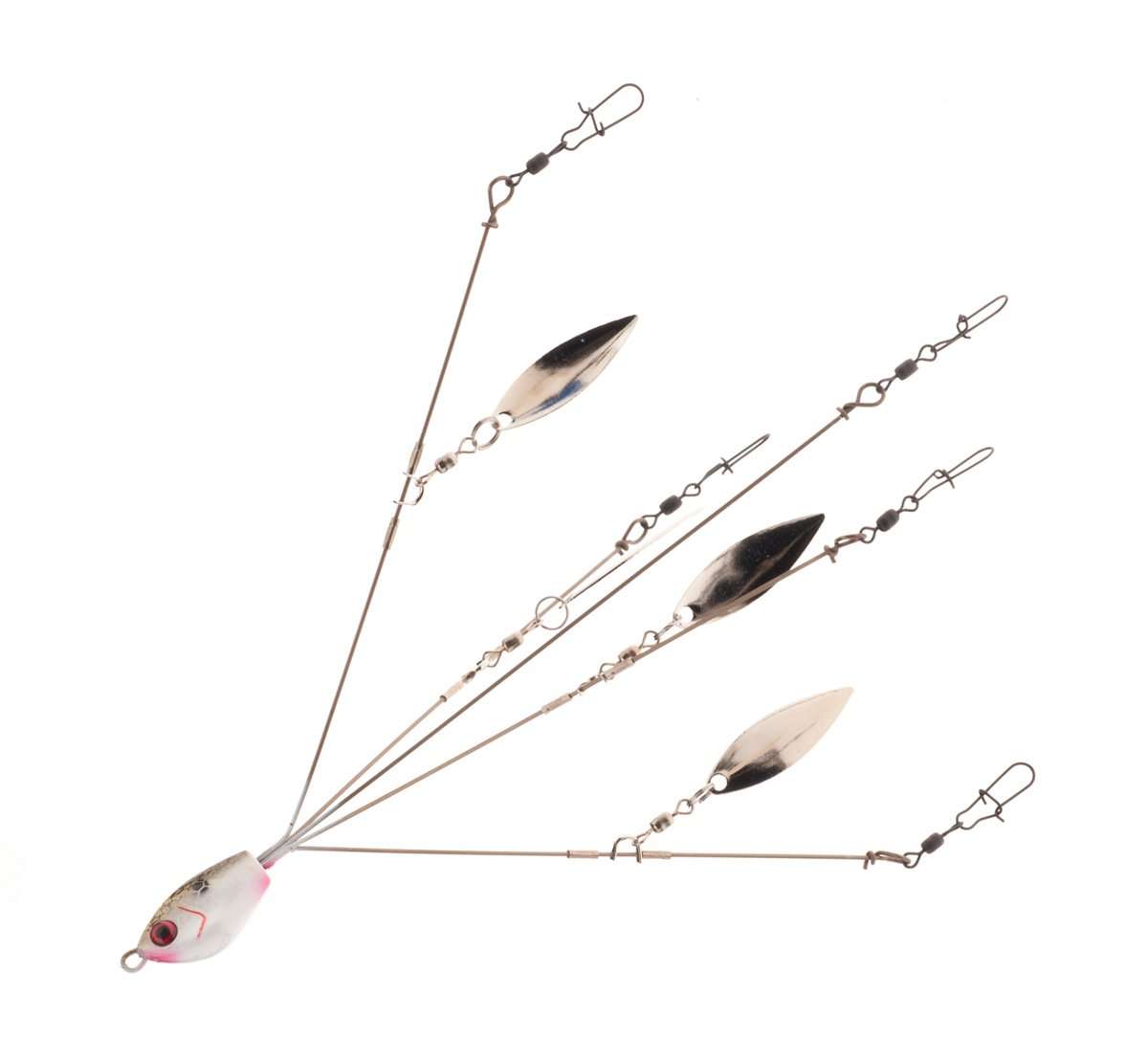
Ever been up late at night and saw one of those infomercials for a new fishing lure that is supposedly âso good itâs illegal in tournaments?â Chances are, they were just making that stuff up â unless the commercial was for an umbrella rig.
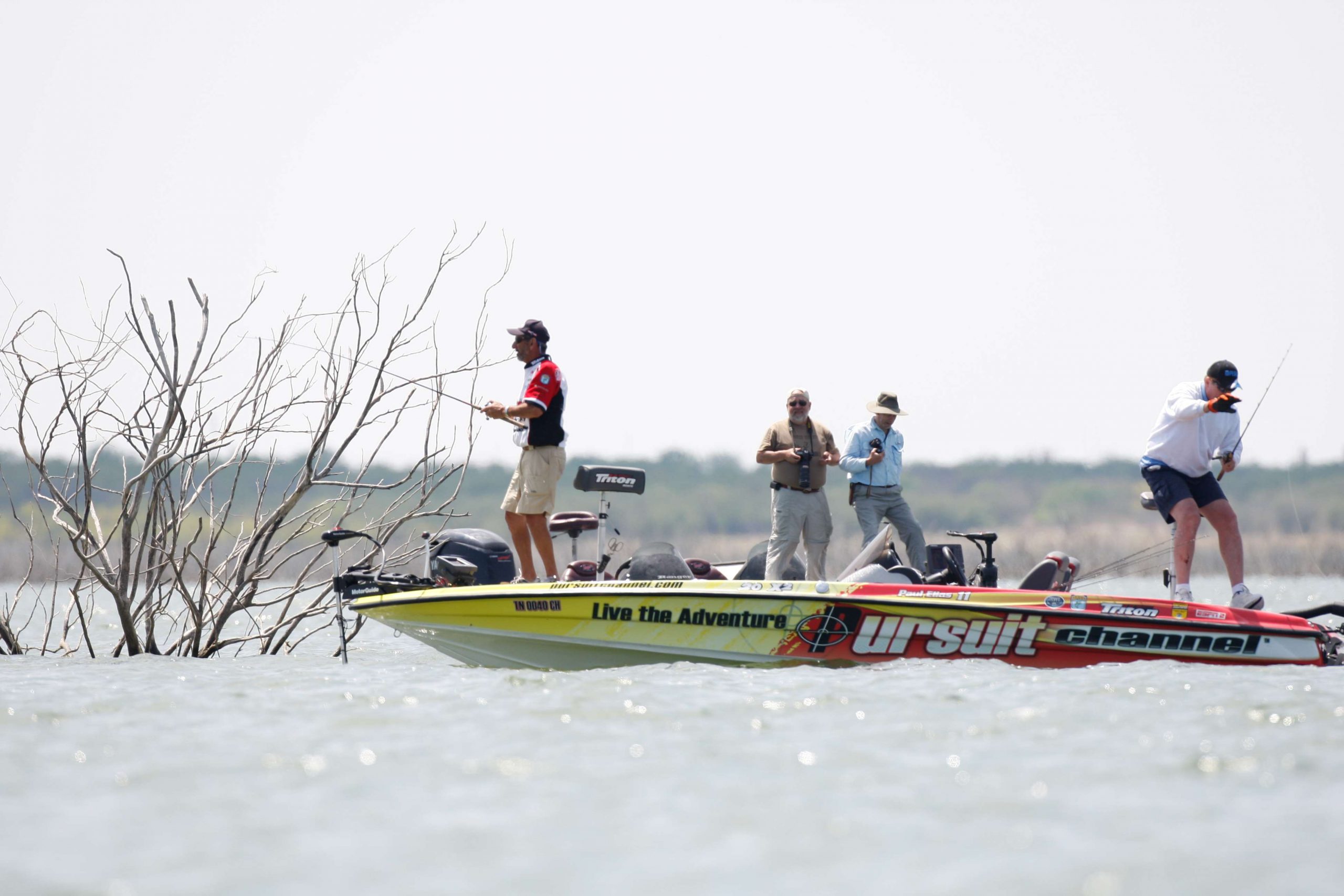
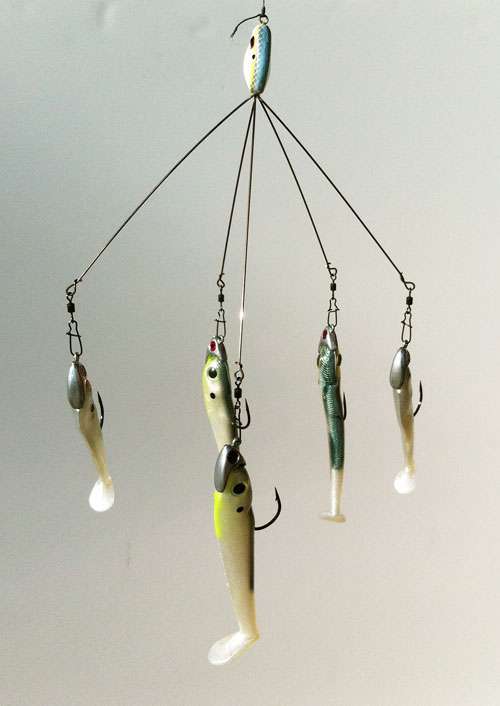
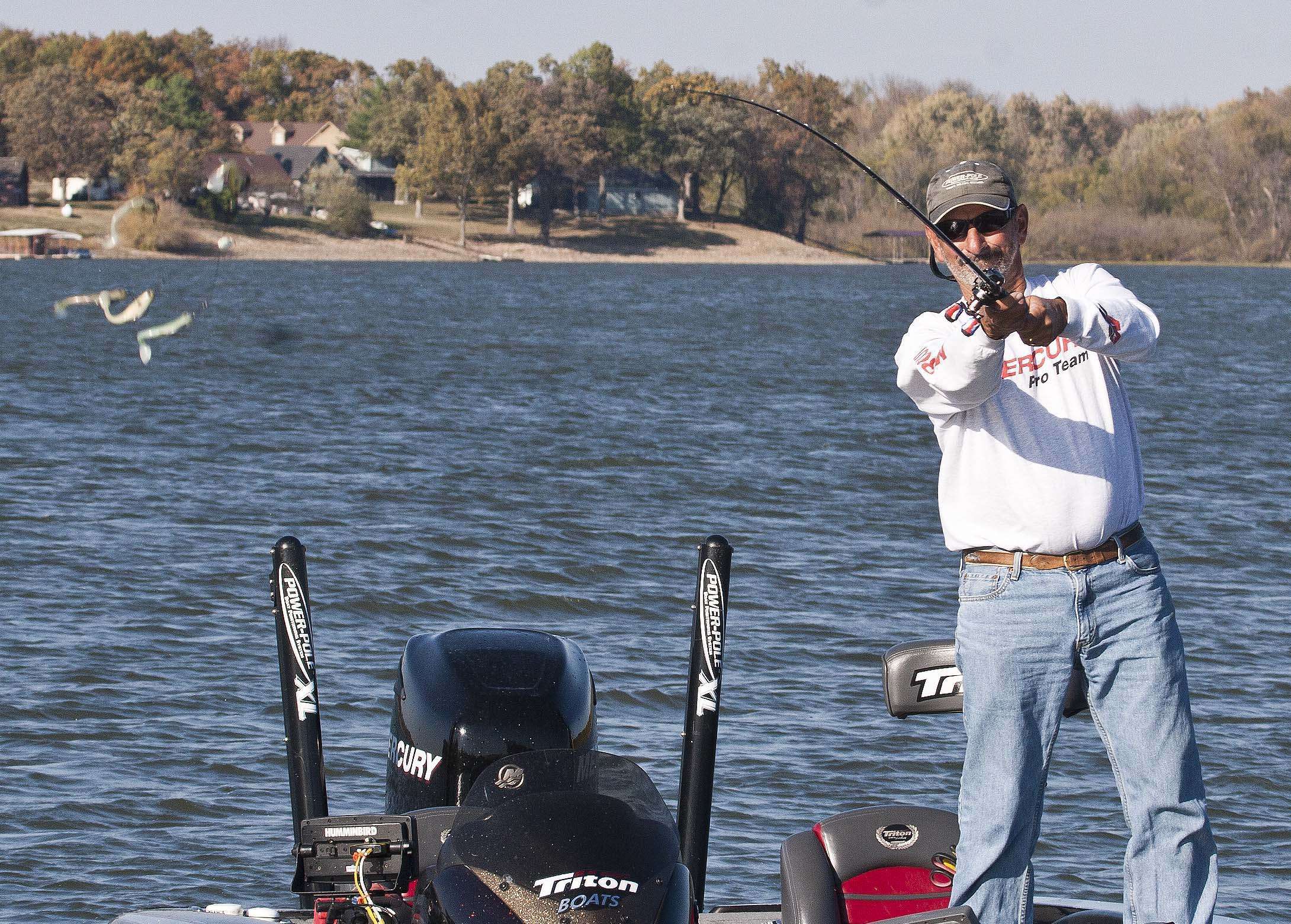
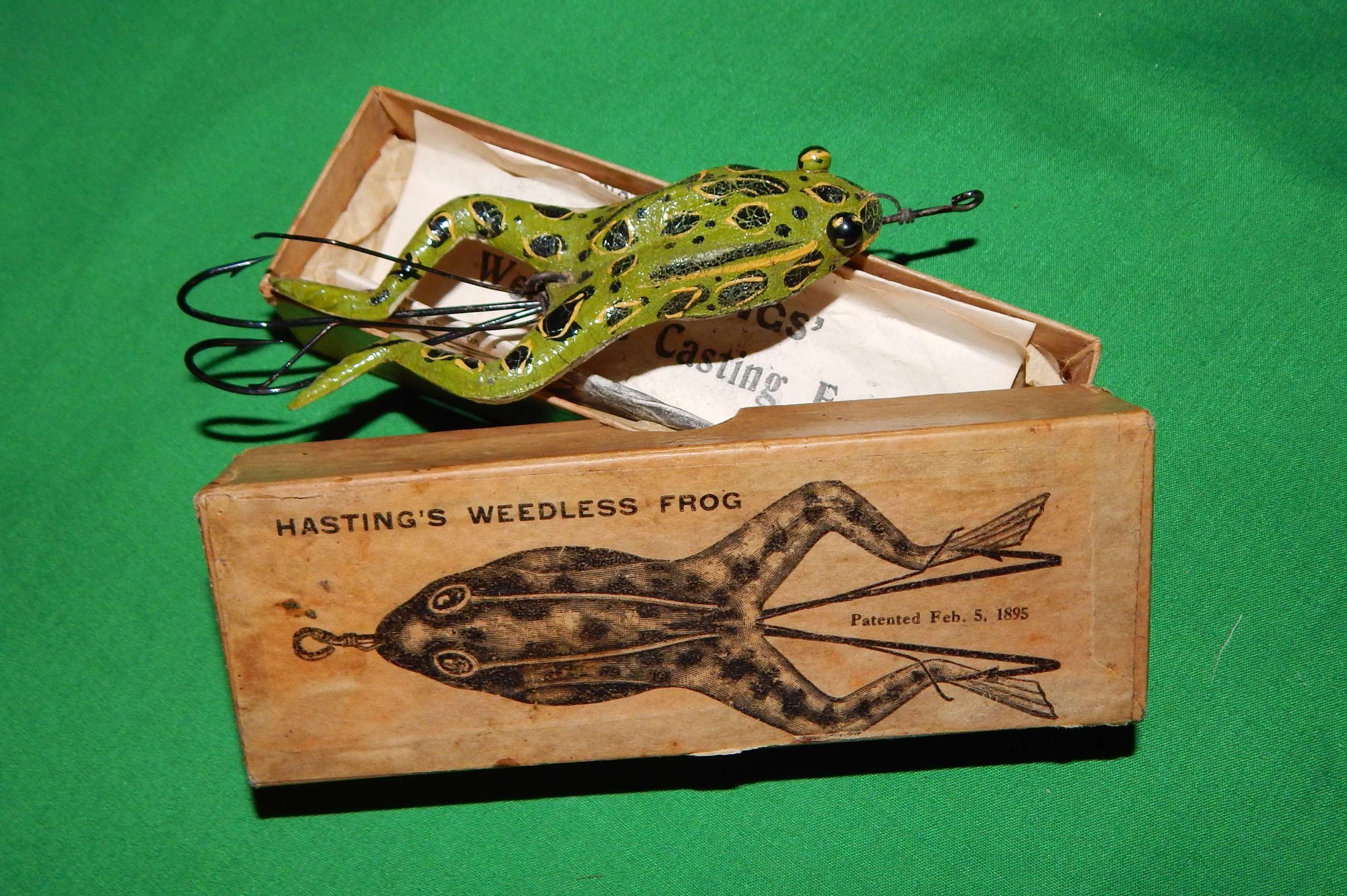
Bassmaster Elite Series pro Bernie Schultz would scold me for even suggesting that the plastic frog was invented during the past 50 years. As a great historian of the sport and a collector of vintage fishing tackle, Bernie would point out that the Hastingâs Weedless Casting Frog was actually marketed in 1895. But letâs be honest, frogs have really come into their own during the past half century â and theyâve had a major effect on pro fishing.
